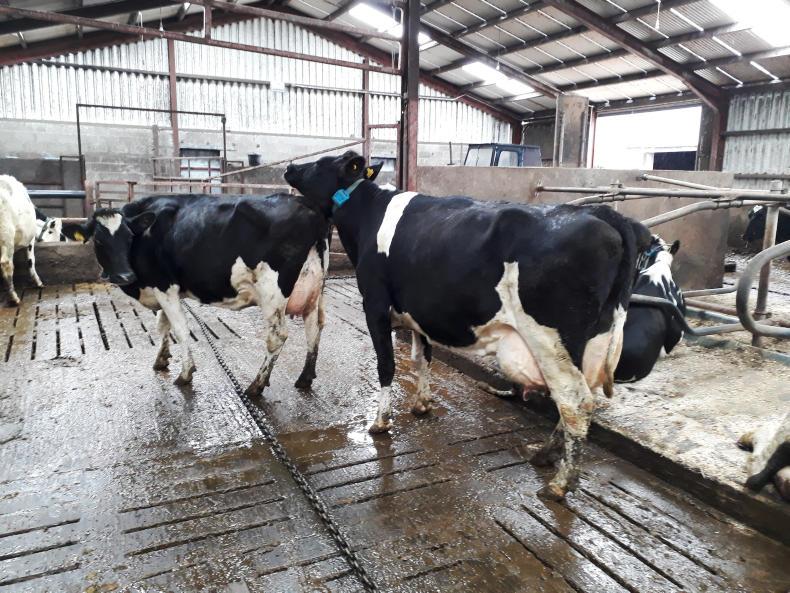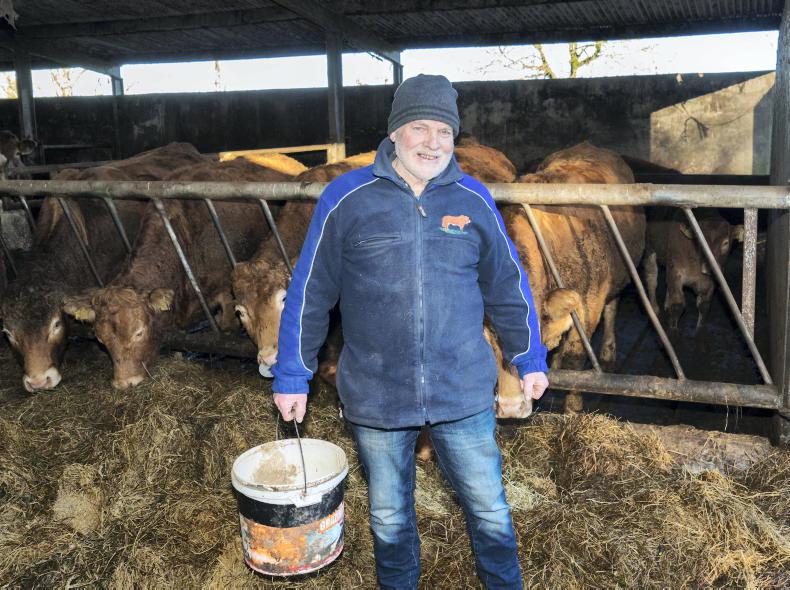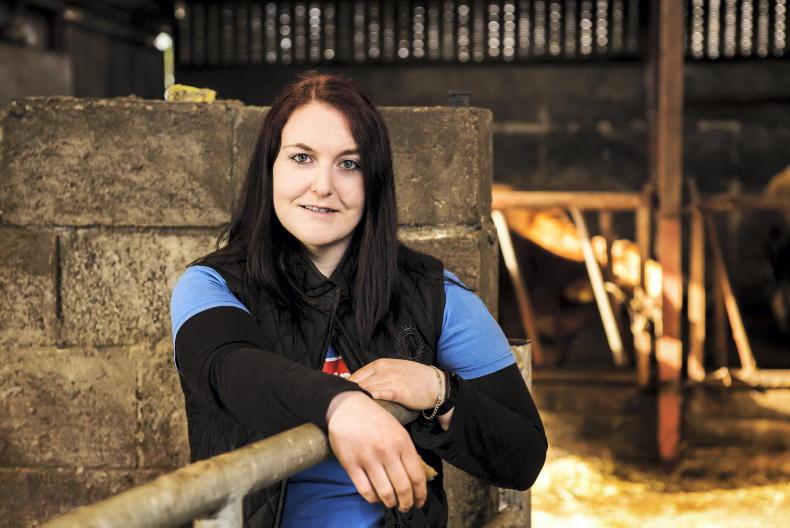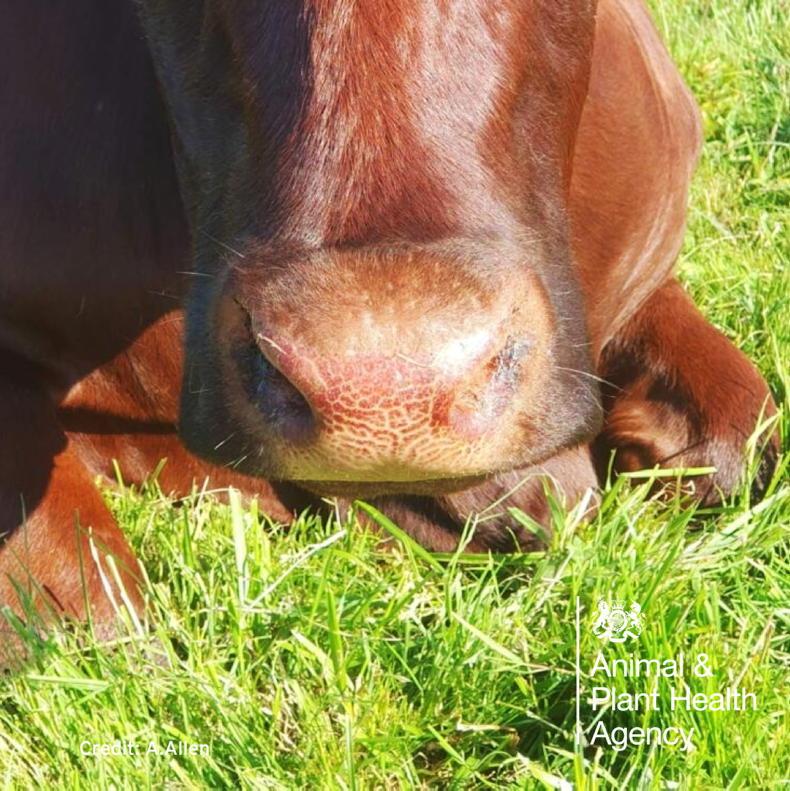Breeding started on 8 November, and over the last few years I have come to the opinion that the only way to get a good calving percentage is to serve as many cows as possible.
By this I mean that once breeding kicks off, every cow that comes in heat gets served unless they have had issues, such as metritis. I believe that if a cow comes in heat and doesn’t get served this is a missed opportunity to get a pregnancy. In recent years I have been dabbling with sexed semen, with a reasonable degree of success. With advances in sexed semen technology I am now confident enough to use it more widespread at this stage in the breeding season.
Ultimately, I would like to get to a point where sexed semen could be used on the best cows and beef on the rest.
This seems all well and good, but it raises a question: which are the best cows?
The initial answer to this might be the cows that give the most milk, or heifers that have the highest classification score. But perhaps it’s time for a re-think, particularly regarding the high-scoring heifers.
All too often I have bred what most of us perceive to be the best heifers, only to be disappointed when they calve for the second or third time. Often it is what I would call the second tier of heifers that really make the great cows.
In reality, it’s not until a cow has calved three or four times that you really know if she is any good or not. I would also suggest that until you see the daughters of a cow milking, only then do you know if you have a good cow or not.
Many a time I have been disappointed in how the daughters of what I considered to be my best cows have turned out, and equally surprised and pleased with the daughters of some of the plainer cows.
Maybe the best cows are the ones that never get picked out, but give as much milk, deliver high solids and breed easily year after year, for many years. Does this mean that if a cow ticks all these boxes does it really matter what she looks like?
Genomic
Over recent years, I have followed the trend of using young genomic bulls. Listening to breeding company sales reps, we are told this is the best way to get to where we want to go faster. I would say it depends on where you want to go. Over the years I have always liked to use bulls that make an impression on the herd. So, if I like a bull and the calves look good, I will continue to use him.
Examples of bulls that have left their mark on the herd are Laurelhill Classic and Massey.
With genomics and the race for ever-higher numbers, I’m not sure if I’m comfortable with the modern trend, particularly using more and more bulls every year and never hearing about many of them again.
While genomic bulls have delivered some good young cows, I can’t help but feel there is more variation at the bottom end and I have lost some of the consistency I like to have in a herd. This seems like a contradiction to what I said earlier about a cow’s looks. For me the answer to my own question about whether it is important is “yes”, because stock sales count for a good part of the business and you have to breed what the market requires. For this reason, I will continue to split the bulls I buy between proven and genomic. Bulls in the tank this year include Rubicon, Brook and ABS Mayday. The emphasis is on high solids, medium stature and over 500kg of milk.
Prices
Finally, there seems to be a lot of talk around about milk price being under pressure. While it is very important to be realistic about markets and the direction of travel, we are in danger of talking the price down and accepting it when, or if, it happens. If we are expecting a low price, why on earth would the processors try to keep it up?
Read more
Keeping on top of calf health this winter
Sexed semen trial ‘ready to rock’
Breeding started on 8 November, and over the last few years I have come to the opinion that the only way to get a good calving percentage is to serve as many cows as possible.
By this I mean that once breeding kicks off, every cow that comes in heat gets served unless they have had issues, such as metritis. I believe that if a cow comes in heat and doesn’t get served this is a missed opportunity to get a pregnancy. In recent years I have been dabbling with sexed semen, with a reasonable degree of success. With advances in sexed semen technology I am now confident enough to use it more widespread at this stage in the breeding season.
Ultimately, I would like to get to a point where sexed semen could be used on the best cows and beef on the rest.
This seems all well and good, but it raises a question: which are the best cows?
The initial answer to this might be the cows that give the most milk, or heifers that have the highest classification score. But perhaps it’s time for a re-think, particularly regarding the high-scoring heifers.
All too often I have bred what most of us perceive to be the best heifers, only to be disappointed when they calve for the second or third time. Often it is what I would call the second tier of heifers that really make the great cows.
In reality, it’s not until a cow has calved three or four times that you really know if she is any good or not. I would also suggest that until you see the daughters of a cow milking, only then do you know if you have a good cow or not.
Many a time I have been disappointed in how the daughters of what I considered to be my best cows have turned out, and equally surprised and pleased with the daughters of some of the plainer cows.
Maybe the best cows are the ones that never get picked out, but give as much milk, deliver high solids and breed easily year after year, for many years. Does this mean that if a cow ticks all these boxes does it really matter what she looks like?
Genomic
Over recent years, I have followed the trend of using young genomic bulls. Listening to breeding company sales reps, we are told this is the best way to get to where we want to go faster. I would say it depends on where you want to go. Over the years I have always liked to use bulls that make an impression on the herd. So, if I like a bull and the calves look good, I will continue to use him.
Examples of bulls that have left their mark on the herd are Laurelhill Classic and Massey.
With genomics and the race for ever-higher numbers, I’m not sure if I’m comfortable with the modern trend, particularly using more and more bulls every year and never hearing about many of them again.
While genomic bulls have delivered some good young cows, I can’t help but feel there is more variation at the bottom end and I have lost some of the consistency I like to have in a herd. This seems like a contradiction to what I said earlier about a cow’s looks. For me the answer to my own question about whether it is important is “yes”, because stock sales count for a good part of the business and you have to breed what the market requires. For this reason, I will continue to split the bulls I buy between proven and genomic. Bulls in the tank this year include Rubicon, Brook and ABS Mayday. The emphasis is on high solids, medium stature and over 500kg of milk.
Prices
Finally, there seems to be a lot of talk around about milk price being under pressure. While it is very important to be realistic about markets and the direction of travel, we are in danger of talking the price down and accepting it when, or if, it happens. If we are expecting a low price, why on earth would the processors try to keep it up?
Read more
Keeping on top of calf health this winter
Sexed semen trial ‘ready to rock’









SHARING OPTIONS